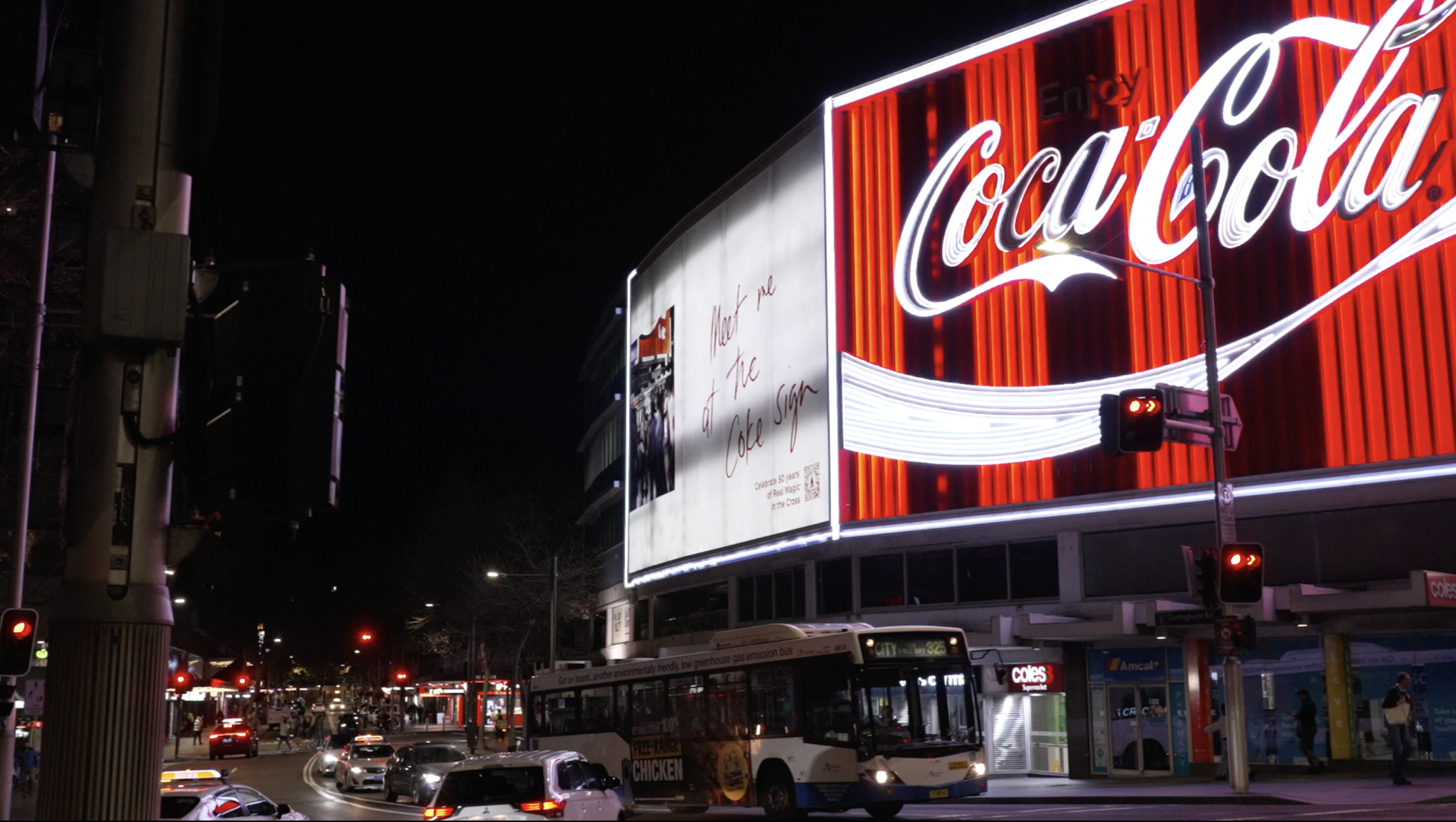The first 147 residents of the estate, of which there are 3,000, were handed eviction notices in March with a six-month timeframe for rehoming, but many told Central News their lives remain in limbo.
Siobhan Patton, the spokesperson for Action for Public Housing, an activism group protesting the demolition of Waterloo South, said: “There have been talks of being relocated to Maroubra, but that estate is now up for eviction also.
“There were even talks of being rehoused in a building that hasn’t been built yet,” she said. “This has reduced clarity as to what’s actually going to happen when relocation offers are made.
“If there are actually any clear plans as to being housed in-community, that hasn’t materialised in clear and upfront communication leading to confusion and distress.”
Across Sydney the waiting list for social housing is so long if every private household in Hornsby was converted to social housing, the city would still be 9,000 dwellings short.
That number is only growing, reaching an all-time high earlier this year.
It’s outrageous to heap failure on failure, choosing to destroy a community whose wellbeing was your responsibility [and] using neglect as a pretext for more trauma through eviction.
For a decade now, local and state governments have been working through proposals to replace the South Waterloo estate social housing with a mix of social, rent controlled, and private dwellings.
Waterloo South is the largest estate of its kind in NSW, with its demolition drawing much criticism from those living in the area and from social housing campaigners.
Pre and post COVID-19 household types in the area show an increase of 3,000 overall dwellings, along with an 11 percentage point increase of private rental properties, but also a decrease of 61 social dwellings.
As a percentage of all dwellings, that is a 3.6 per cent decrease at a time when social housing is needed more than ever.
The value of the redevelopment is estimated to be worth $3 billion, with the private developer Stockland chosen to oversee the construction.
Of the 3,012 homes, 28.2 per cent are social housing homes, 7.5 per cent are affordable homes and 1,938, or 64.3 per cent are private homes.
The development, although split between various types of housing, is ultimately meant to increase the number of social houses by an estimated 100 dwellings. However, the community faces serious near-term issues regarding where current residents will move following their eviction.

The state government has previously claimed the redevelopment will include 70 new social housing homes at the Waterloo Metro Quarter, and over 100 social homes at Elizabeth Street, Redfern, will provide an opportunity for Waterloo South tenants to be relocated in the local area. Existing Waterloo South tenants, it said, would be relocated in stages from mid-2024 and would be given the right to return once the renewal is complete.
Now evictions have begun, before the Waterloo metro housing has completed construction, and with major changes to planning even after construction began.
Even if these 70 dwellings are completed before the three-month deadline for the first batch of Waterloo south residents to vacate, the dwellings will not even cover the initial evictions let alone the thousands more evictions to come, say residents.
The Minns led state Labor government ran on the promise to end the privatisation of Sydney’s public housing, and many residents are unhappy with how the state government has handled the issue at large.
Action for Public Housing is run by and works in collaboration with the residents of Waterloo South.
“Residents have a right of return,” Patton said. “It’s reminiscent of 1950’s slum clearance, where communities were demolished for high-rises and apartments were offered… we’ve gone backwards, choosing to battle a community rather than work with it.”
The state government has used the condition of the existing dwellings as a reason for the demolition and new development, however Patton said: “Maintenance has been neglected for quite some time and only got worse when demolition was proposed around 10 years ago which is leading to the conditions.
“It’s more about investments in the community and maintenance, rather than the buildings themselves, something that successive governments have neglected.
“It’s outrageous then to heap failure on failure, choosing to destroy a community whose wellbeing was your responsibility using neglect as a pretext for more trauma through eviction.

“Essentially this is going back to thinking with bricks and mortar rather than people. It’s likely that many will not choose to return, or feel alienated when they do.
“To put it bluntly, no actual resident in Waterloo feel in control right now. Decisions are felt to be made for them, rather than with them.”
Former Waterloo South resident John Hayes has lived in Sydney for 27 years, originally from Brighton UK.
“I was kicked out of my flat because my partner died,” he said. “They kicked me out because I wasn’t on the lease even though I lived there for nine years.”
Motioning towards the southern estate, he added: “They’ve been told they have six months to leave and apply for where they want to go. It’s hard because a lot of them have family, there are three or four generations living in the high-rises.
“They promised them flats here (indicating towards Redfern), they promised them flats above the metro station, neither of them are ready. Green Square is meant to be 25 per cent [social housing] but it ain’t, here is meant to be 25 per cent but it won’t be. Affordable housing, what’s affordable? It ain’t affordable.
“There’s so many homeless here, they only sort them out when they’re in the limelight. During the 2000 Olympics they housed everyone. At the moment with the prices in Sydney, you need three incomes. You either pay rent, or you eat. The wages haven’t gone up, but everything else has.
The roads here are in a right state, the sewerage is in a right state. People have to live in s*** and they’re not doing anything about it.
“There is some community spirit here, some ‘nicies’, and then your ‘assies’, and your assies will be coming out in about two days, I think there’s a full moon. It looks like a houso at the moment, but there are some lovely people here – it can be a nice place.
“When they built that [metro station] they ruined all the sewerage pipes. Most people on the lower levels are having bad problems with backed up sewerage, it’s the last three years thats been happening.
“They come and do a quick fix and then it’s happening again and again and again. One of my mates lived in a house which was knee deep in sewerage, he had to build his own dam, you can’t live like that.
“The roads here are in a right state, the sewerage is in a right state. People have to live in s*** and they’re not doing anything about it. They live in a s*** place, alright, but not literal s***.”
Hayes claimed the council deliberately neglected the estate.
“The reason is they want people out,” he added. “It’s the reason they put the ‘lowers’ in one area. Its like any other country, they put them all in one area and they complete it from outside. You go across the road there, $2000 a flat. It’s gentrification.
“It’s hard mate, it would be lovely to tidy it all up and make it nice but it’s gonna take them a lot longer than they say.

“It does work, you go to certain areas of Glebe you got private and social housing living together. When you put it all in one house… I know it’s all about the money. There’s something going on behind the scenes, they know what they’re doing.”
Regarding the Labor government’s campaign policy of not knocking down social housing, he added: “It’s a promise they made and went back on it straight away, but every government does that. They make all these promises.
“I’ve lived here, I’ve lived in England, I’ve lived in Spain, Germany, it’s all the same when it comes to politics. They lie, they cheat, they fill their pockets.”
Former student architect Yasmin Tamberlin, who has spent time working in the industry, written extensively about social housing and Indigenous displacement in Sydney, as well as volunteering in a nearby centre called ‘Life for Kuri Kids’ in Surry Hills has had a similar experience.
“In 2019, during my time volunteering in Surry Hills, a regular attendee talked about damage to their house, which had worsened after recent floods, Tamberlin said.

Several blocks on the Waterloo South estate are earmarked for demolition. Photo: Seyfi Bostanci.
“She lived in a public housing residence in Waterloo. A group of volunteers and I helped paint the walls, clean and complete maintenance work.
“We also helped to organise some other more complex maintenance assistance. We did this work because she was offered no assistance from the New South Wales government after years of seeking.
“In the process of relocating people, a lot of the services for these people have to relocate too, because there’s no local demand for them anymore. It would be very difficult for them to assimilate into an environment that has been so heavily gentrified and rendered inaccessible for someone of lowered income households, even if they are offered a place to return.”
With the waiting list for social housing growing to record levels, many fear the redevelopment may prioritise private interests over the needs of vulnerable residents. For those being forced from their homes, the future remains uncertain.
City of Sydney council were contacted for this story, but declined to comment.
Main image of John Hayes by Seyfi Bostanci.




























